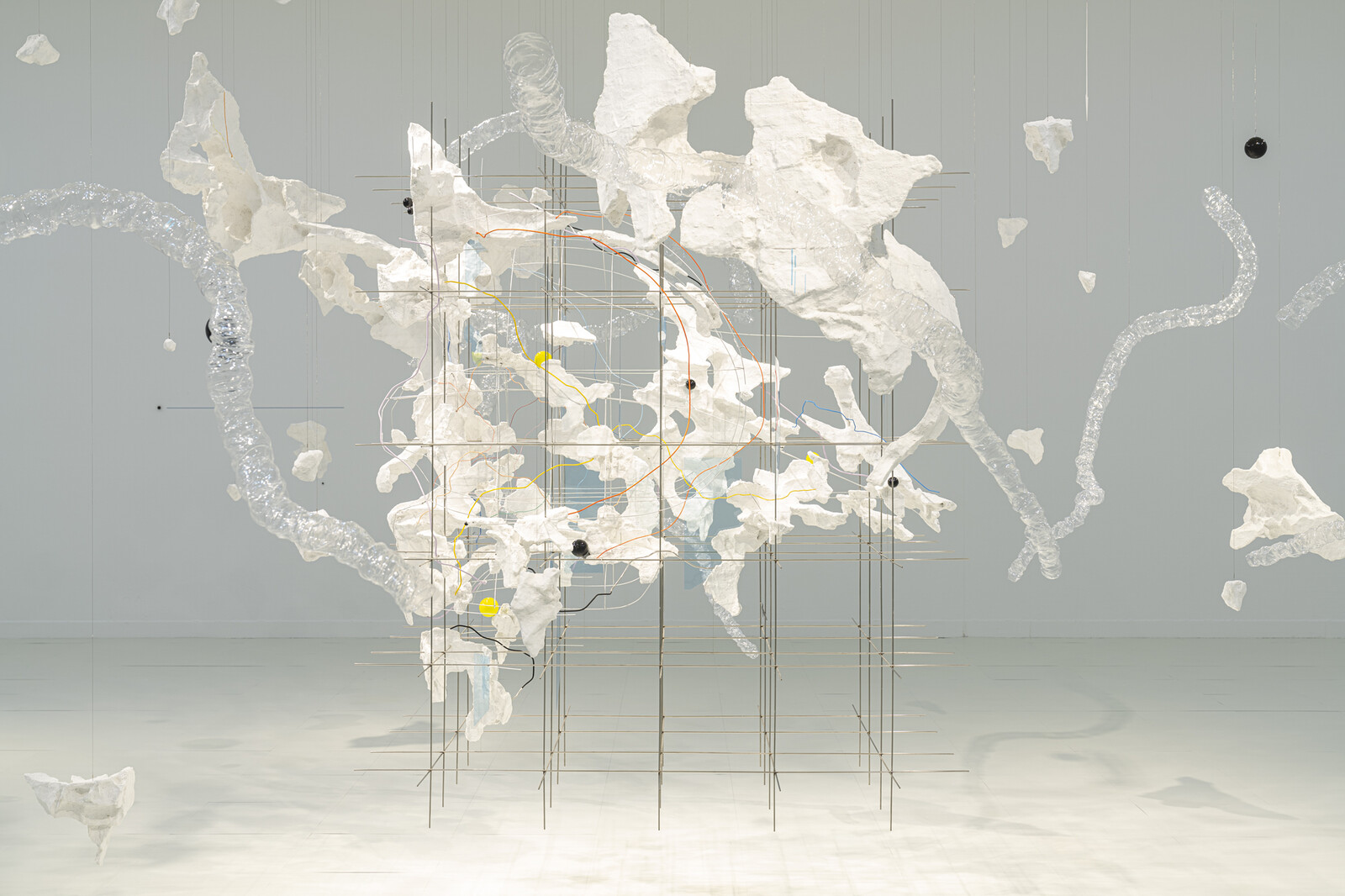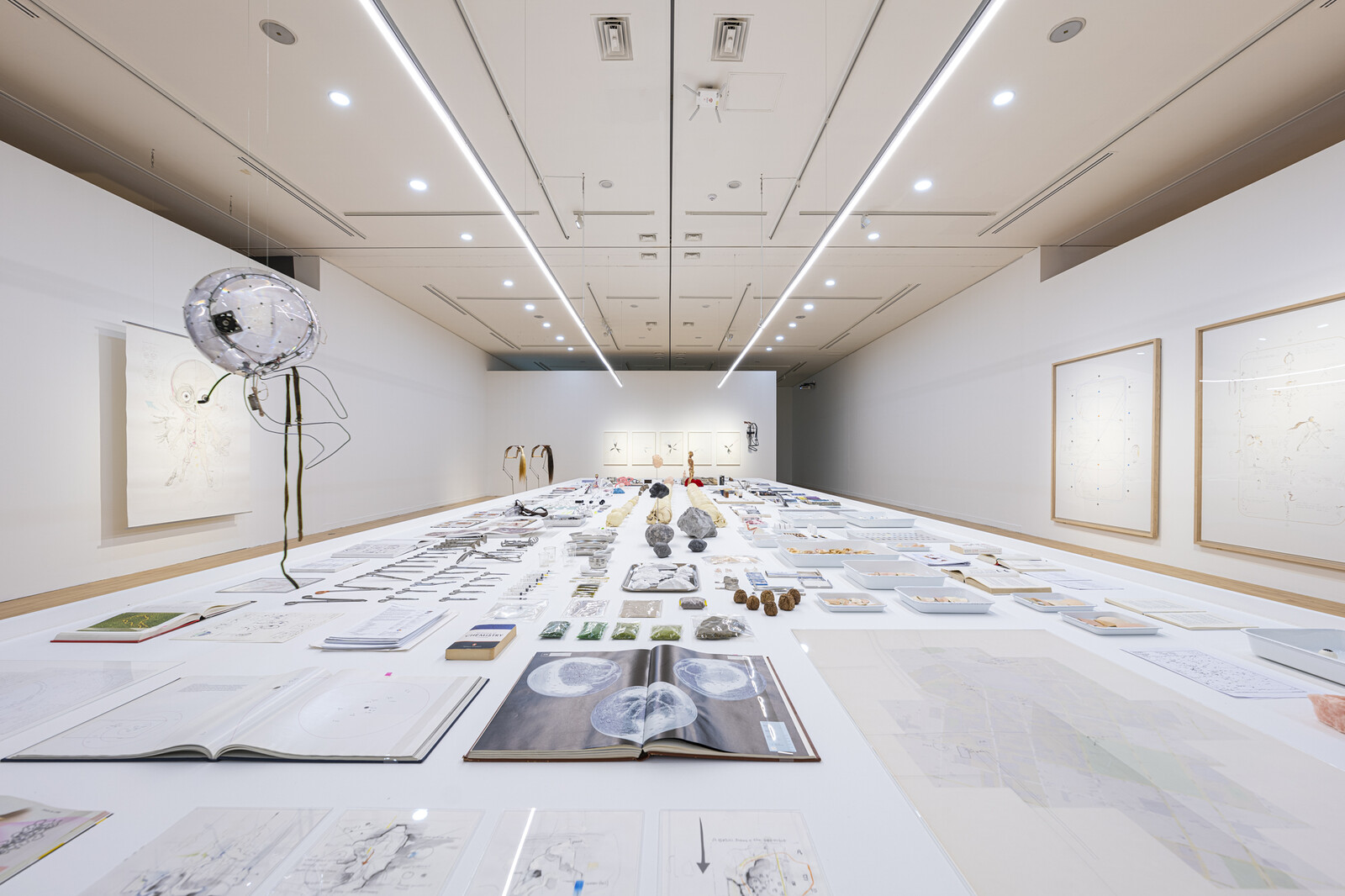March 29–August 7, 2022
58, APEC-ro
48060 Haeundae-gu Busan
Republic of Korea
Hours: Tuesday–Sunday 10am–6pm,
Friday–Saturday 10am–9pm
T +82 51 744 2602
Busan Museum of Art has presented an exhibition titled Highlighting Korean Contemporary Artist to introduce significant artists in the contemporary art of Korea. Highlighting Korean Contemporary Artist IV—Hyungkoo Lee is being held in 2022 as the fourth show, and sheds light on the oeuvre of Hyungkoo Lee, an artist that has carried on his thoughts and artistic approach on the concept of “human body” using a unique figurative language. This exhibition is intended to examine significant meanings of the body which penetrate into the entire scope of his work, and rethink the prestige of human body with untapped artistic potentials. Hyungkoo Lee (b.1969~ ) studied sculpture, receiving a BFA in the College of Fine Arts at Hongik University, and an MFA in the School of Art at Yale University. Upon his return to Korea, he had his first solo exhibition The Objectuals at Sungkok Art Museum in 2004. In the same year, he has taken part in such exhibitions as Young Artists from Korea, China and Japan at the National Museum of Modern and Contemporary Art and ARTSPECTRUM at Leeum, Samsung Museum of Art in 2006 as a spotlighted artist in the Korean art scene. He has now become a globally renowned artist through many exhibitions including the one held in Foundazione Sandretto Re Rebaudengo, Italy, in 2006, his solo show at the Korean pavilion at the Venice Biennale, Italy, in 2007 and an exhibition at the Natural History Museum Basel, Switzerland, in 2008. Having participated in exhibitions of diverse art institutions of home and abroad, Lee has been active as an artist representing the contemporary art of Korea.
His artistic concern with the human body began from his initial work of The Objectuals series. Having experienced physical differences among races while studying in the US, Lee produced a device that can transform the human body into a desired size or form. He presented discourses on the post-human physicality in a humorous figurative language of his own. Having discovered the physical characteristics of an animation character in a modified human shape, he made an attempt to reproduce the character’s actual skeleton on the premise that a virtual being exists. ANIMATUS series, which is realistically expressed based on an anatomical approach, evokes an illusion as if viewing a character’s fossil. His interest in the body has developed more specifically to the point of exploring vision. Eye Trace series, which explores the body’s senses that change according to differences in the way of viewing, manifests his endeavor to boldly backtrack the close boundary between the visual system and perception. In Face Trace series produced out of his passion for physiognomy, Lee transformed the face to create 12 new stories. His sculptural gesture, which attempted to recombine and transform his physiognomy, shows his self-driven attitude to reject a predetermined fate. MEASURE series is based on his new visual imagination that started with the act of “walking.” The whole process of his ritual to train senses to be able to move like a horse and performing horsemanship is presented in Lee’s unique playful visual language. As Lee identified the change in perception driven by the body through all sorts of experimentation, he unfolded the body in an expanded space in Chemical and Chemical Volume series. The audience will experience the “human body” as a kind of astronomical landscape and a microcosm at some point upon walking through the point of view of Lee that has moved inside the human body.
The body, for Lee, is the object, material, and medium of representation. The body does not result in a single completion, and is a source of inquiry and inspiration for the artist that does not stop persistent tracking and exploration. The exhibition, which showcases more than 100 works from his early works to Pink Vessel—his new piece in 2022, also presents the archives he has collected including human models, objects, and books on anatomy. We hope that this will help the audience understand his work in depth.







